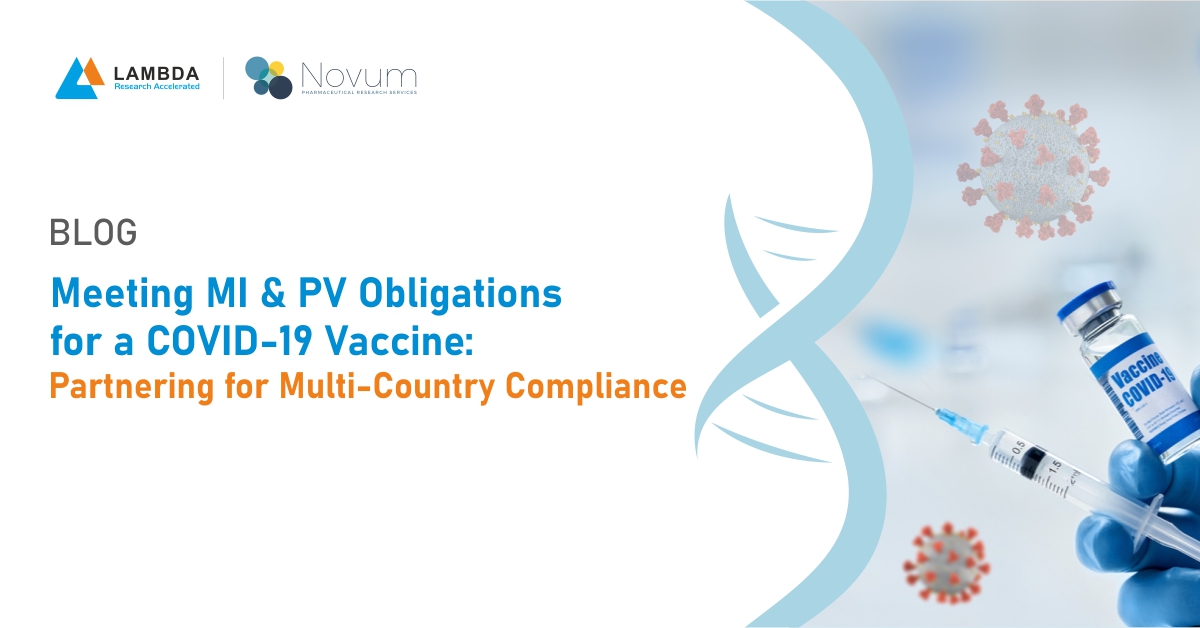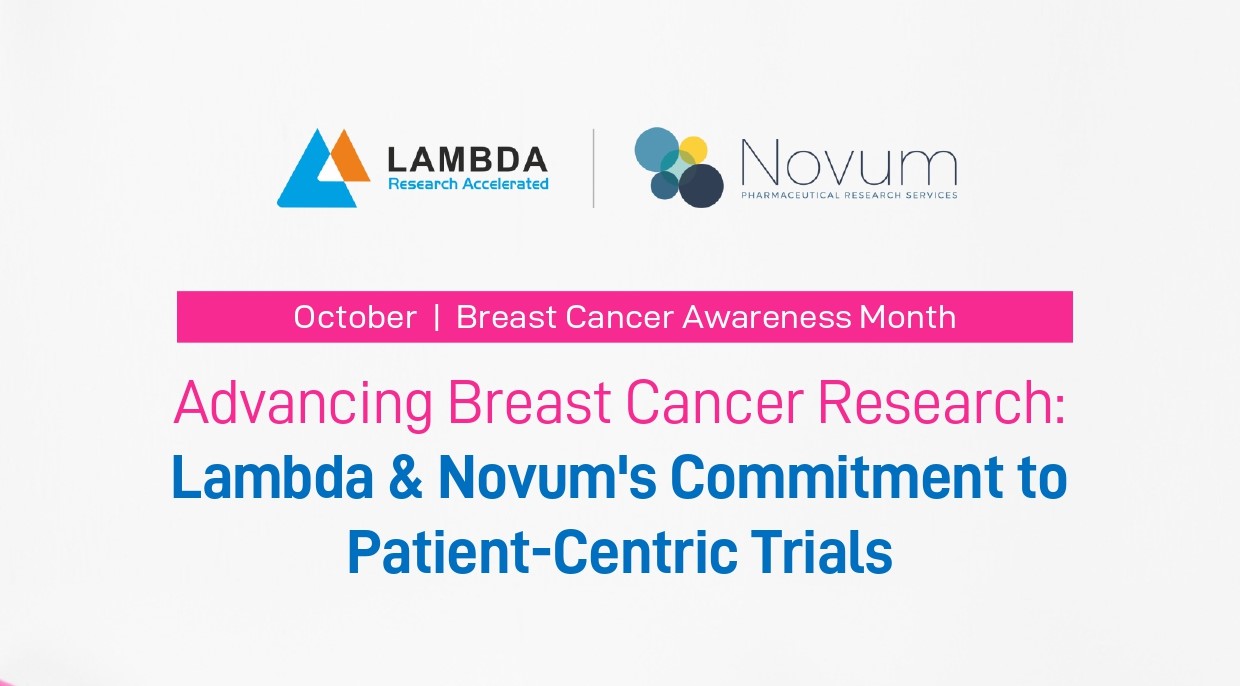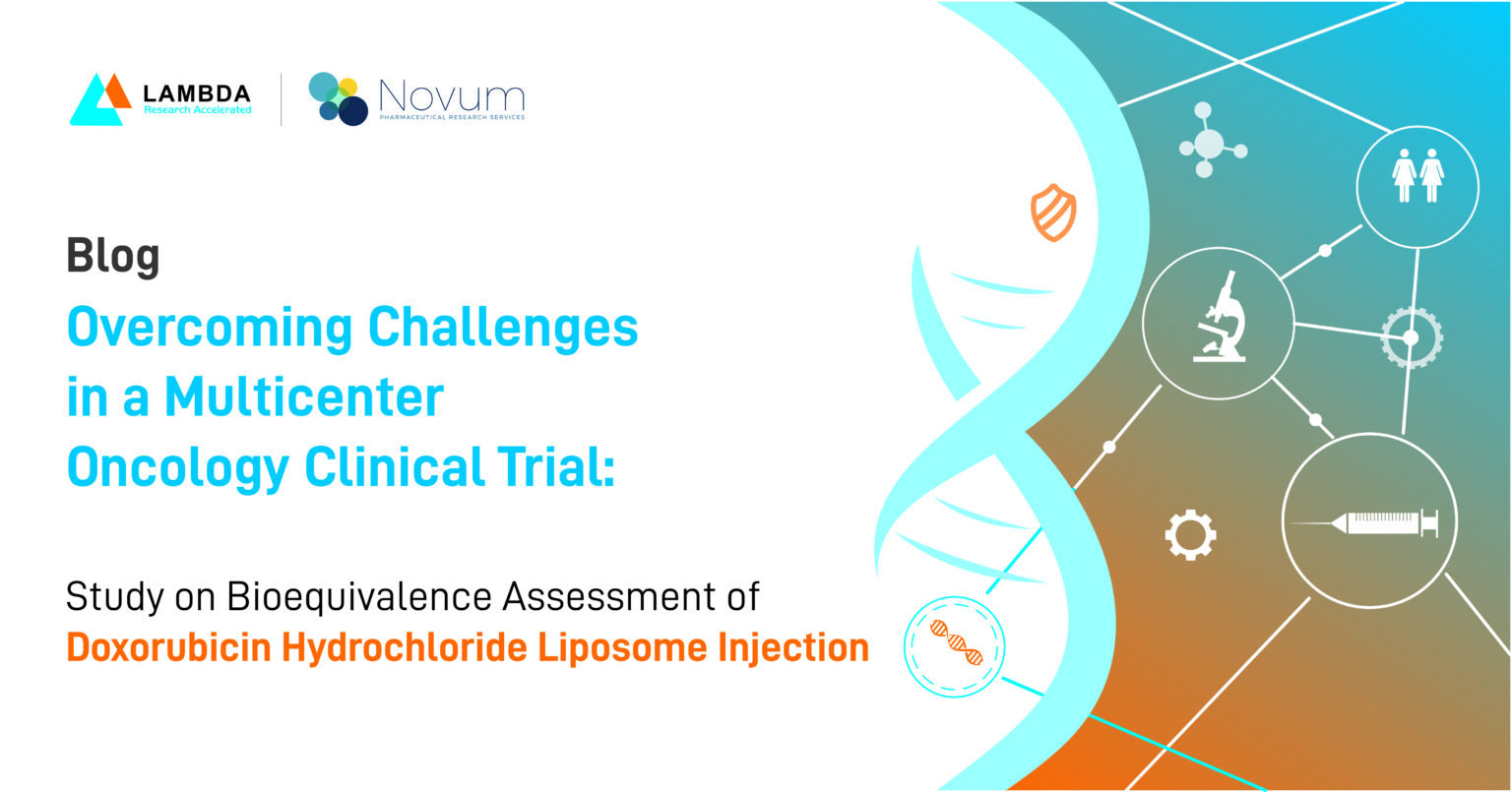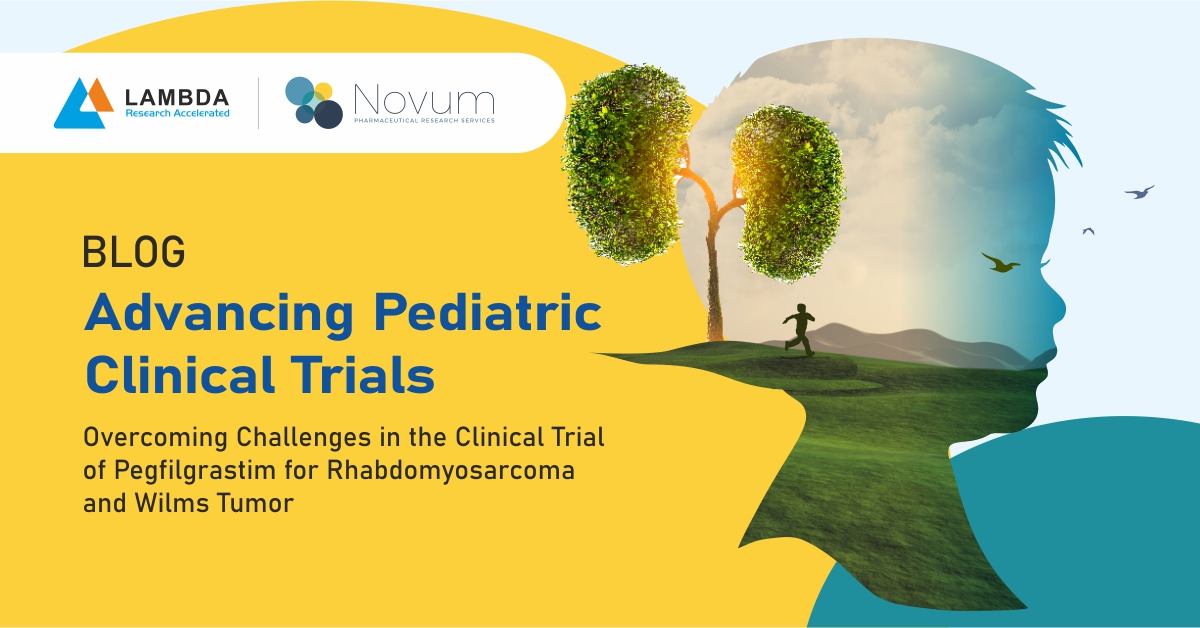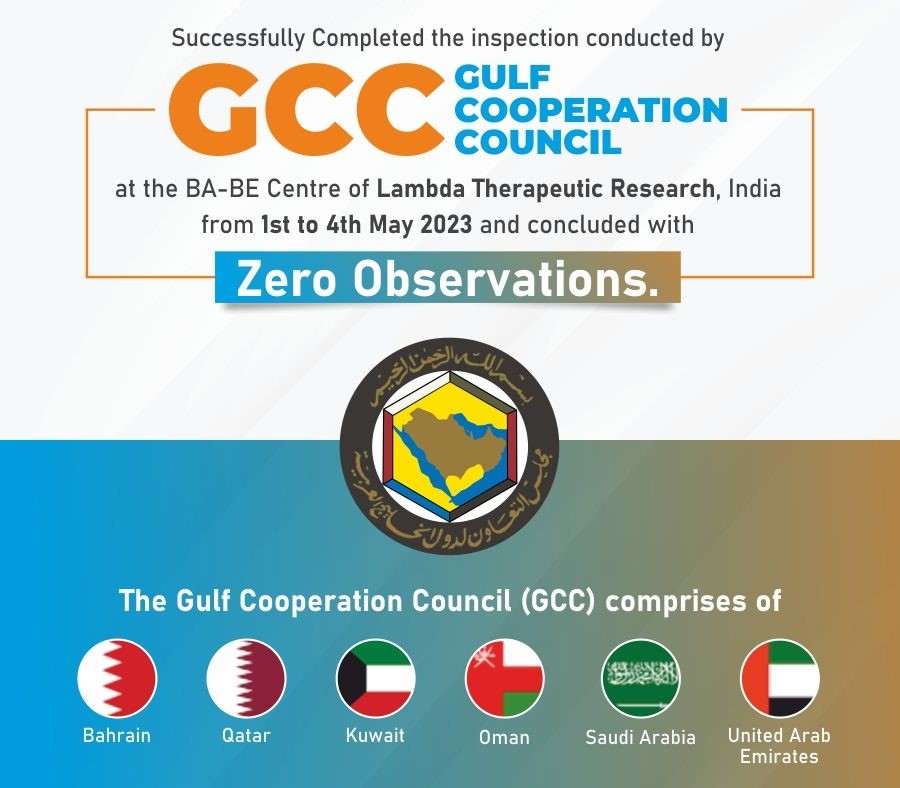Welcome to our blog, where we dive into the intricacies of the Multicenter Psychiatric Clinical Trial for Bioequivalence Assessment of Paliperidone Palmitate Extended-Release Injectable Suspension, 546 mg. We explore the strategies and solutions that helped us navigate through challenges in patient management, randomization, recruitment timelines, and protocol adherence.
Study Overview:
The study aimed to characterize the pharmacokinetic profile and assess the bioequivalence of Paliperidone Palmitate Extended-Release Injectable Suspension, 546 mg (TEST) compared to RLDs [US RLD {R1: Invega Trinza® (Paliperidone Palmitate Extended-Release Injectable Suspension, 546 mg)} and EU RLD {R2: Trevicta (Paliperidone Palmitate Prolonged-Release suspension for injection, 546 mg)}], in Patients with Schizophrenia already receiving a stable regimen of Paliperidone Palmitate Injectable Suspension.
Study Design:
A randomized, open-label, two-stage, three-arm, multicenter, parallel-group, multiple-dose, steady-state study to compare the bioavailability and characterize the pharmacokinetic profile of three formulations (Test vs. US RLD and Test vs. EU RLD) of Paliperidone Palmitate Extended-Release Injectable Suspension, 546 mg in patients with Schizophrenia already receiving a stable regimen of Paliperidone Palmitate Injectable Suspension.
Challenges and Solutions:
Effective strategies and meticulous planning addressed key challenges in patient management, randomization, recruitment, and ensuring successful trial outcomes.
| Challenges | Solutions |
|---|---|
| Patient Identification and Stabilization Protocol | |
| Identification of Patients with Schizophrenia who are already receiving a stable regimen of paliperidone palmitate injectable suspension. | • Identified investigator sites with a substantial patient pool and excellent clinical trial experience. • The protocol was designed for the stabilization of patients prior to randomization. • Non-study medication (NIMP) was supplied to the site for patient stabilization in the study, to meet the study requirements. |
| Randomization Management for Large Patient Cohorts | |
| Large sample size (540 patients) and maintenance of randomization blocks of six at each site. | • The patient pool was discussed with the Principal Investigator during the Site Selection Visit (SSV), and the randomization targets were allocated to each site accordingly. • Additional patients were stabilized to achieve a randomization block of six. |
| Recruitment Timeline Management | |
| Recruitment timeline (7 months to save new batch of test IMP) | • Recruitment timeline was discussed during SSV and SIV. • Periodic follow-ups were conducted, and site recruitment challenges were resolved in a timely manner. |
| Ensuring Female Participant Enrollment | |
| Protocol requirement to enroll approximately 20 to 30% female participants in the study. | • Study requirements were discussed with the PI during SSV and SIV. • The male-to-female ratio was continuously monitored centrally, and sites were instructed to enroll female patients as needed. |
| Managing Long Study and PK Sample Collection Duration | |
| Long study duration (16 months) and PK sample collection duration (3 months) | • Discussed with the PI to select patients who have been under their treatment for a longer duration and are from nearby areas. • Patients were informed of all study visits during the ICF presentation and were periodically updated about upcoming visits. • Defined patient home visits to prevent missing samples. |
| Managing eGFR-Based Withdrawal Criteria | |
| Withdrawal criteria: eGFR below 80 mL/min/m² | • The requirement for proper hydration prior to sample collection was defined in the study plan, and study personnel were trained accordingly during the SIV. • A double-check mechanism was established to prevent dosing of patients who meet the withdrawal criteria. |
Achievements:
- 540 patients were successfully enrolled in the study within a remarkable period of 7 months, demonstrating effective patient enrollment strategies.
- Efficient trial execution with 40% female participation in the trial.
- Recruitment target was achieved early, saving the requirement for a new batch of test IMP and thereby resulting in significant cost savings for the sponsor,
Leverage Lambda & Novum’s extensive experience & proven track record to accelerate your Psychiatry clinical trials.
